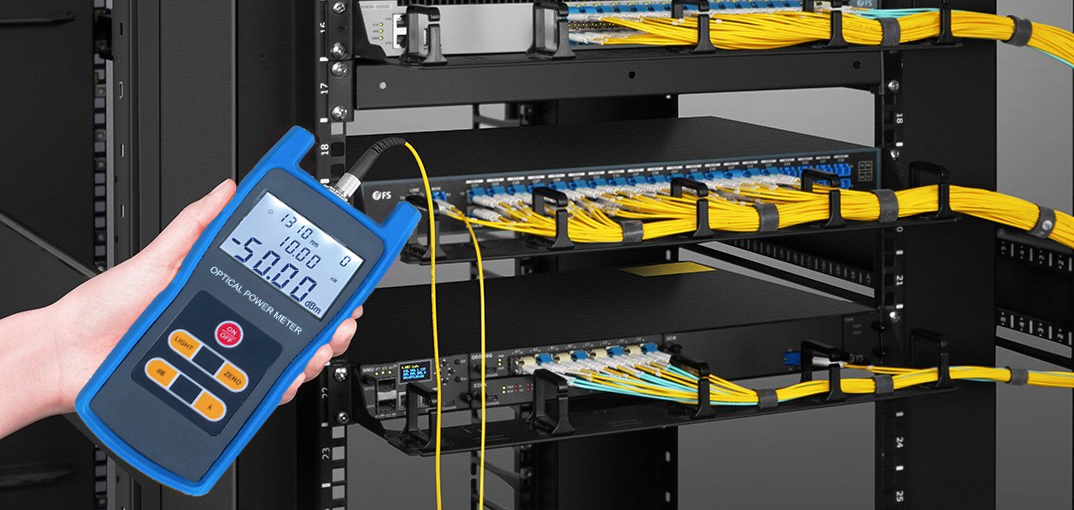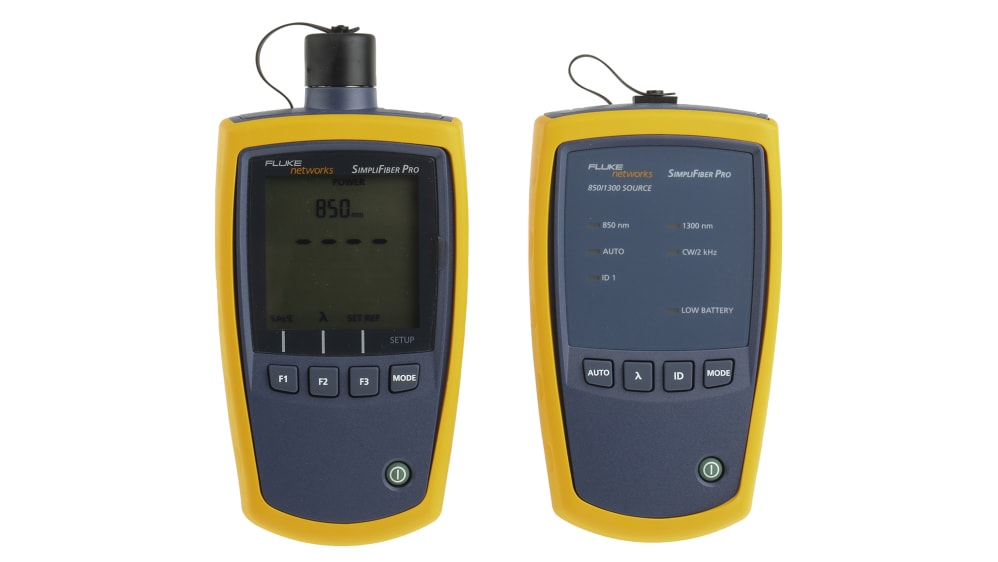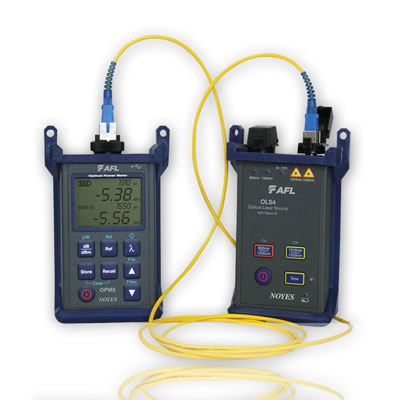Optical fibre testing equipment guarantees accuracy in fibre network installations.
Unveiling the Key Use Optical Fibre Examining for Effective Data Transmission
In the realm of modern-day communication, optical fiber screening emerges as a crucial technique for maximizing information transmission. By using approaches such as Optical Time Domain Name Reflectometry (OTDR) and insertion loss assessments, network drivers can properly pinpoint and resolve problems that might jeopardize signal integrity. As the demand for faster and much more reliable links remains to rise, the ramifications of these screening techniques prolong beyond instant mistake detection, affecting lasting network efficiency. Understanding the multifaceted applications of optical fiber screening welcomes a deeper exploration into its critical role fit the future of data communication.

Value of Optical Fiber Testing
The significance of optical fibre testing can not be overemphasized, as it works as a vital component in guaranteeing the integrity and efficiency of information transmission systems. In a period where high-speed communication is critical, any shortages in fibre optics can bring about significant information loss and decreased performance. Consequently, rigorous testing protocols are important to confirm the stability and performance of optical cables.
Testing enables for the identification of problems such as micro-bends, macrobends, and splice losses that might hinder signal quality. It gives insights into the general attenuation and bandwidth capacities of the fibre, ensuring that the network meets certain functional criteria. Normal screening not only improves system performance however also prolongs the lifespan of the facilities by identifying potential issues before they rise into costly failures.

Types of Optical Fibre Tests
Numerous types of optical fibre tests are conducted to make sure the efficiency and reliability of fibre optic networks. These examinations can be classified right into several crucial kinds, each offering a particular purpose in evaluating the stability of the fibre.
First, Optical Time Domain Reflectometry (OTDR) is a famous test that determines mistakes, mates, and ports within the fiber. By sending out pulses of light and examining the shown signals, service technicians can pinpoint problems along the fibre's size.
Second, insertion loss examinations assess the quantity of signal loss when light go through adapters or splices, which is crucial for maintaining network performance.
Third, return loss examinations gauge the amount of light reflected back towards the resource, giving insights right into the quality of links and potential resources of disturbance.
Additionally, connection tests guarantee that the fibre course is full, enabling specialists to validate that the fiber is undamaged without any kind of breaks. optical fibre testing equipment.
Lastly, aesthetic fault locators make use of visible light to identify breaks or extreme bends in the fibre, helping in quick troubleshooting. Collectively, these examinations form an extensive method to maintaining ideal efficiency in fiber optic networks.

Applications in Network Upkeep
In modern-day telecommunications, efficient network maintenance relies greatly on optical fibre testing to determine and fix problems quickly. Normal screening guarantees that the network operates at optimal performance levels, minimizing downtime and boosting individual experience.
Among the main applications of optical fiber testing in upkeep is the discovery of faults, such as breaks, flexes, or improper connections. Methods like Optical Time Domain Name Reflectometry (OTDR) allow service technicians to find these concerns precisely and analyze the quality of the fibre web link. In addition, loss testing validates the stability of visit this web-site the optical course, making certain that signal attenuation continues to be within appropriate limitations.
Routine upkeep screening also aids in preventive steps, recognizing possible issues prior to they intensify into significant failures. This proactive strategy can conserve organizations both time and financial resources. In addition, during upgrades or expansions, optical fibre testing makes sure that brand-new installations integrate flawlessly with existing infrastructure.
Enhancing Information Transmission Reliability
Efficient network upkeep via Home Page optical fibre testing not just addresses instant concerns but also plays a considerable function in boosting information transmission integrity. By determining faults, gauging signal loss, and analyzing the overall problem of fibre optic wires, testing guarantees that prospective problems are rectified before they escalate into substantial interruptions.
Regular optical fiber testing, such as time-domain reflectometry (TDR) and optical time-domain reflectometry (OTDR), enables service technicians to pinpoint the precise places of breaks, bends, or connector concerns within the network. This positive method not index just lessens downtime but likewise maximizes the performance of data transmission by making sure that the paths for signals are clear and working efficiently.
Moreover, testing help in validating adherence to industry criteria and specs, which is vital for maintaining the honesty of data circulation. By making sure that each connection meets required thresholds for loss and high quality, companies can strengthen their self-confidence in the integrity of their information networks.
Ultimately, buying detailed optical fibre screening not just boosts information transmission reliability however also sustains the long-lasting functional efficiency of interaction infrastructures.
Future Patterns in Fiber Testing
Emerging innovations are positioned to revolutionize fibre screening, leading the way for boosted efficiency and precision in information transmission diagnostics (optical fibre testing equipment). As the need for faster web and greater transmission capacity remains to rise, the assimilation of innovative devices such as expert system (AI) and artificial intelligence (ML) is set to change standard fibre screening methods. These innovations will certainly make it possible for anticipating upkeep and automated fault detection, significantly minimizing downtime and boosting network reliability
Additionally, the adoption of Internet of Points (IoT) devices will help with real-time tracking of fibre networks, permitting immediate identification of efficiency issues. This shift in the direction of proactive administration will lessen disturbances and optimize data circulation.
In addition, technologies in optical time-domain reflectometry (OTDR) and brand-new screening standards will certainly enhance the precision of dimensions, making sure that data integrity is kept throughout the transmission process. The arrival of 5G innovation additionally demands the growth of more sophisticated fiber testing techniques to support its high-speed requirements.
Final Thought
To conclude, optical fiber screening is crucial for preserving reliable information transmission within interaction networks. By utilizing different testing techniques, such as OTDR and insertion loss tests, prospective faults can be determined and rectified, thus improving signal clarity and decreasing downtime. Normal testing not only makes certain conformity with sector criteria yet additionally helps with positive maintenance, inevitably adding to the long-lasting reliability and efficiency of fiber optic systems. The ongoing evolution of screening methodologies will further boost these capabilities in the future.